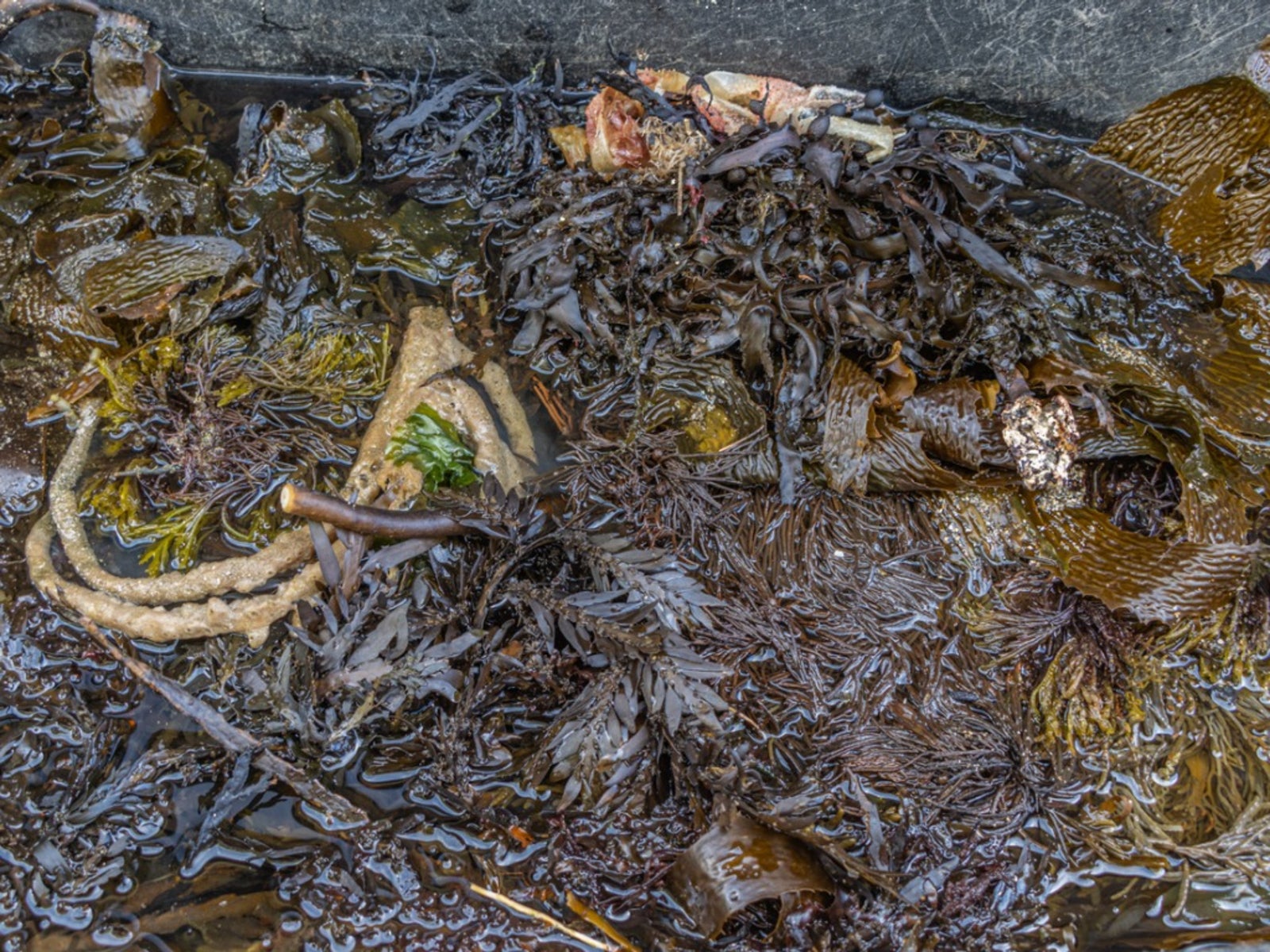Using Seaweed For Compost: Learn How To Compost Seaweed

Oceanside gardeners have an unexpected bounty just lying outside their door. Gardeners in the interior have to pay for this gardening gold. I'm talking about seaweed, long an ingredient in organic fertilizers. Composting seaweed for use as a home garden amendment is cheap and easy, and you can harness seaweed garden nutrients alone or as part of a mixed compost pile.
Harvesting Seaweed Garden Nutrients
Seaweed garden nutrients are relatively low in nitrogen and phosphorus but contain about 60 other trace elements, as well as fungal and disease preventatives. Using seaweed for compost improves soil consistency and increases water retention in sandy or grainy soils and may be used as a top or side dressing. That being said, some countries have rules regarding protection of the coastal environment, which may include the harvesting of seaweed. Therefore, you should check before harvesting seaweed as a soil amendment and follow these guidelines to maintain the marine ecosystem:
- When using seaweed for compost, take only what you need and harvest either from below the tide mark or from the floating shallows.
- Do not remove from the high tide line, as seaweed is a valuable erosion inhibitor and habitat for shore life.
How to Compost Seaweed
Many people have questions concerning how to compost seaweed to attain the nutrient rich brew. Composting seaweed is as simple as layering handfuls of seaweed along with other organic material just as you would with any other compostable material. Composting seaweed speeds up the compost process. So do you wash seaweed before you put it in compost? No. It is not necessary and, in fact, when using seaweed as compost, any saltwater or clinging sand simply add to the beneficial and essential elements within the soil amendment. You can, however, wash it off to remove any excess salt should this be a concern for you.
Composting Seaweed into Tea for Plants
Seaweed as a soil amendment for young plants is best applied as a dilution of compost tea. This is drained out of compost bins or is simply the byproduct of soaking the seaweed for a few days. To make compost tea from composting seaweed, place a big handful in a bucket of water and soak for three weeks or up to a year. Cover with a loose lid. To make larger batches, you may also put seaweed in a net or other porous bag inside of a barrel of water. The seaweed may be reused time after time by infusing in fresh water. There may be a significant odor from the composting seaweed, so you may want to place the barrel downwind from the house. Using seaweed for compost tea may also be accomplished by using an aerator or adding microbial inoculants to stimulate microbial activity and create an even more beneficial (less odiferous) brew. Both items may be found at garden centers, online, or at pet shops that sell fish tank equipment. The resulting liquid seaweed fertilizer may be diluted with water and then foliar fed to plants or added around plant roots. This will not only feed but neutralize pests, viruses, and fungal issues.
Seaweed as a Soil Amendment
Seaweed has a number of attributes besides its nutrition value. When using seaweed as compost, it can be used dry or wet and does not clump or blow away. As a soil amendment, seaweed deters pests both large and small. Dogs, cats, and birds dislike the scratchy texture of dry composting seaweed, not to mention the smell. When using seaweed soil amendment, crumble dry seaweed and sprinkle among plants or put wet seaweed directly atop the garden or around tree roots. Seaweed as a soil amendment may also be placed in the bottom of a hole or trench made for planting (i.e. potatoes) or transplanting and layered with soil or other type of compost. Use your imagination and allow this bounty from the sea to enrich land-bound flora and fauna.
Sign up for the Gardening Know How newsletter today and receive a free copy of our e-book "How to Grow Delicious Tomatoes".

Amy Grant has been gardening for 30 years and writing for 15. A professional chef and caterer, Amy's area of expertise is culinary gardening.
